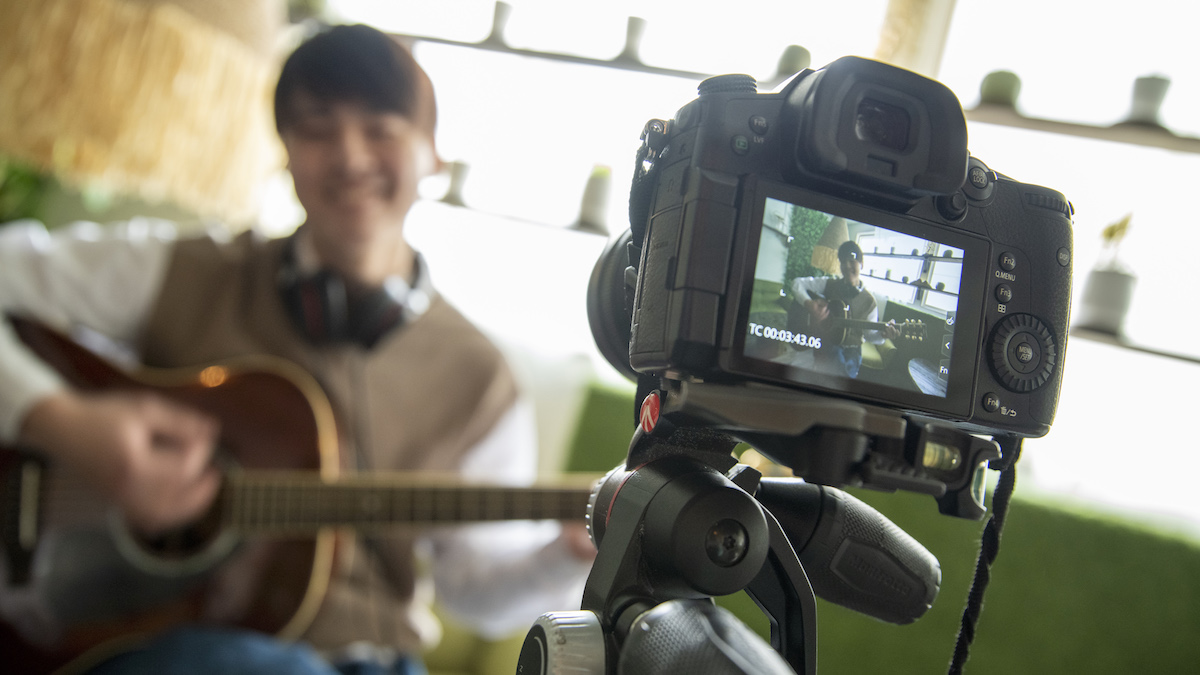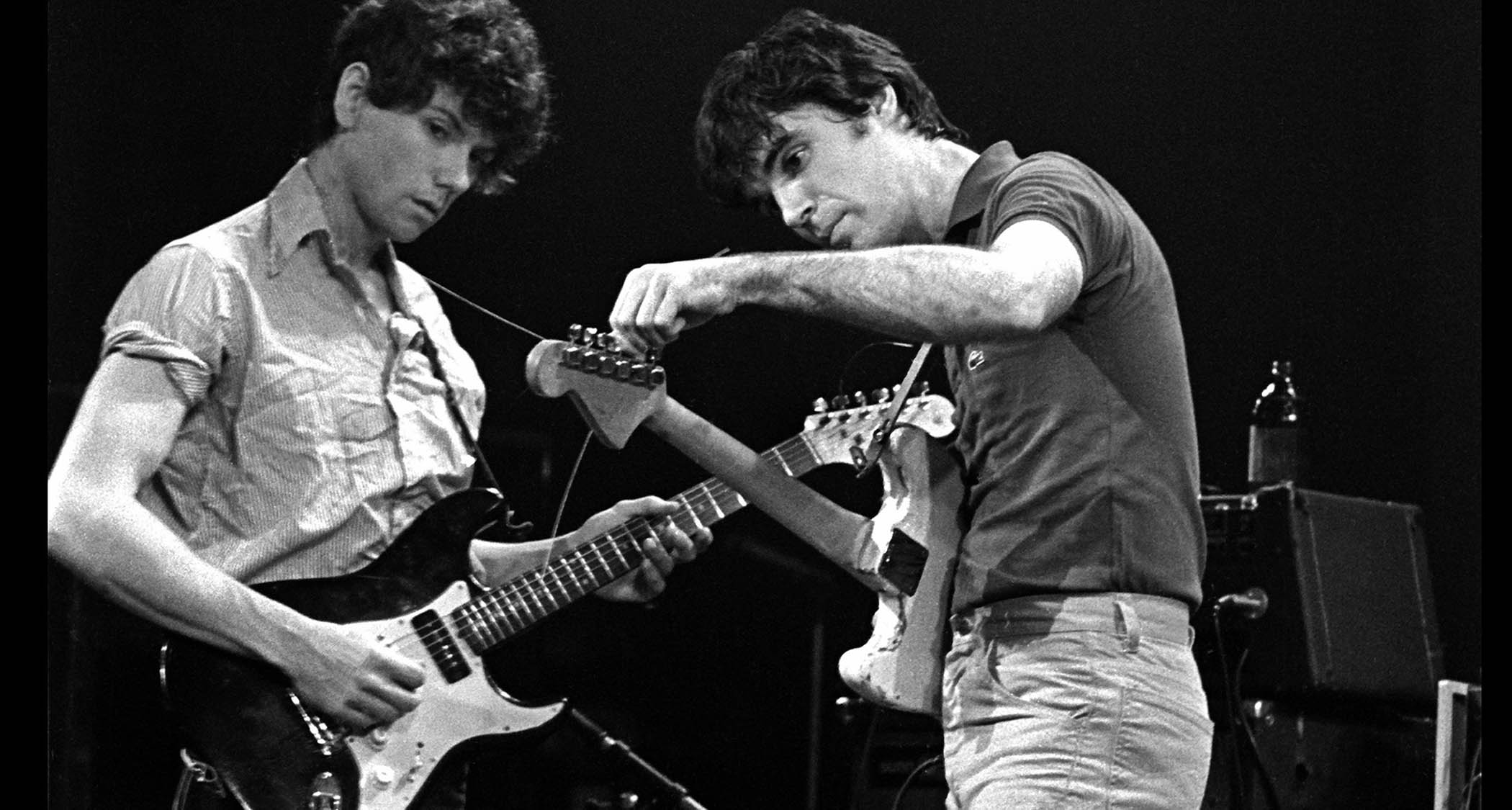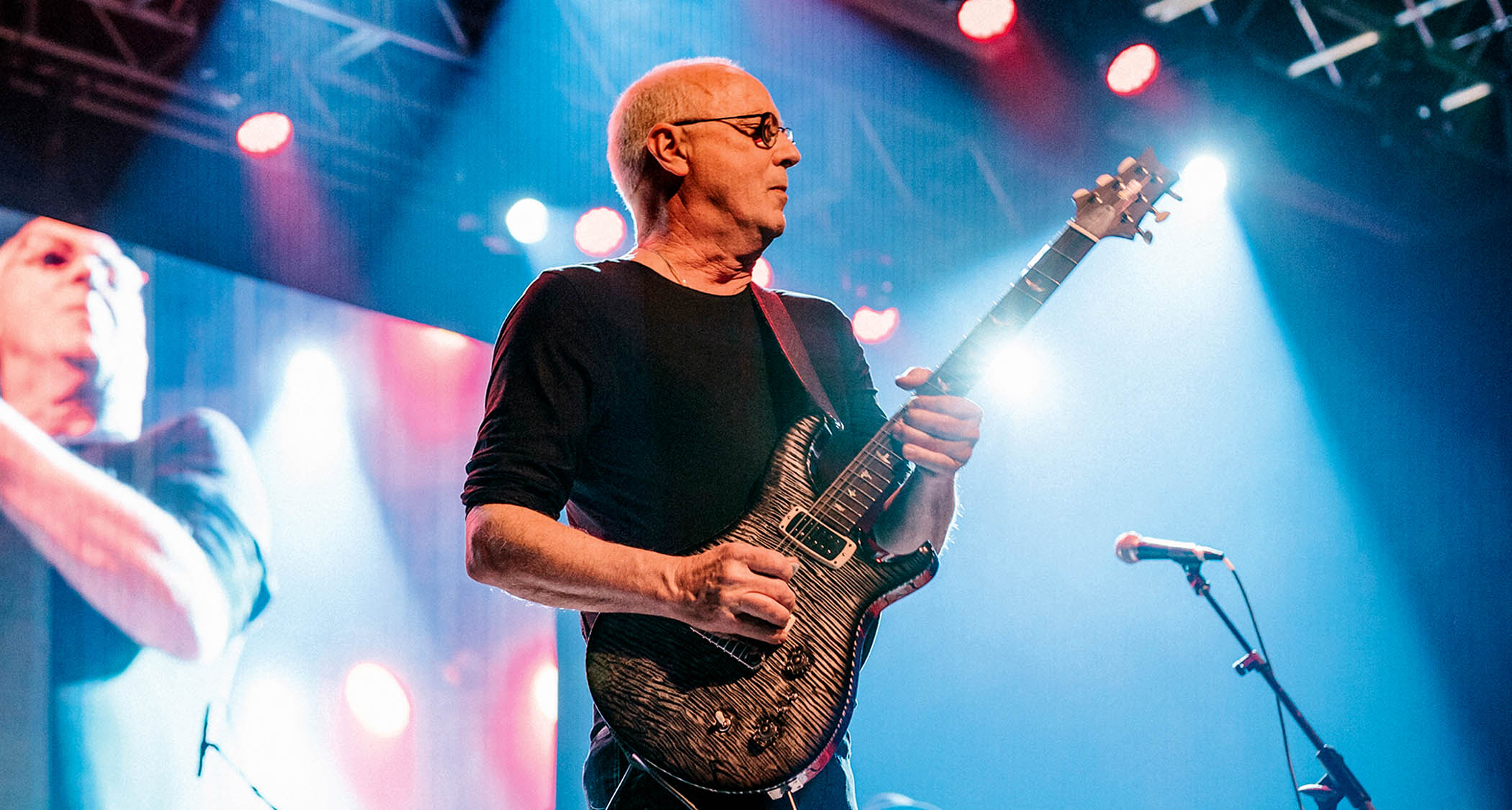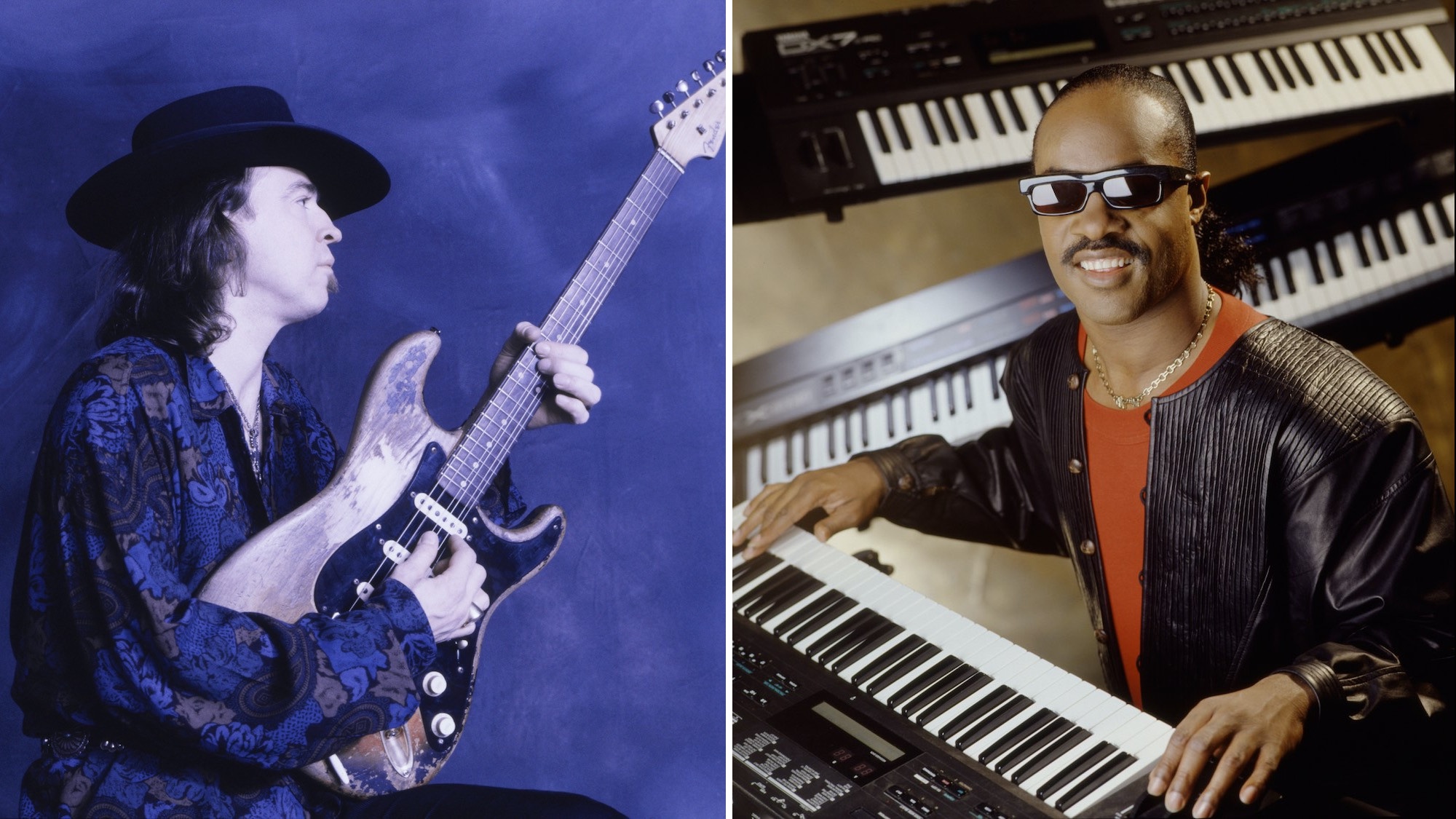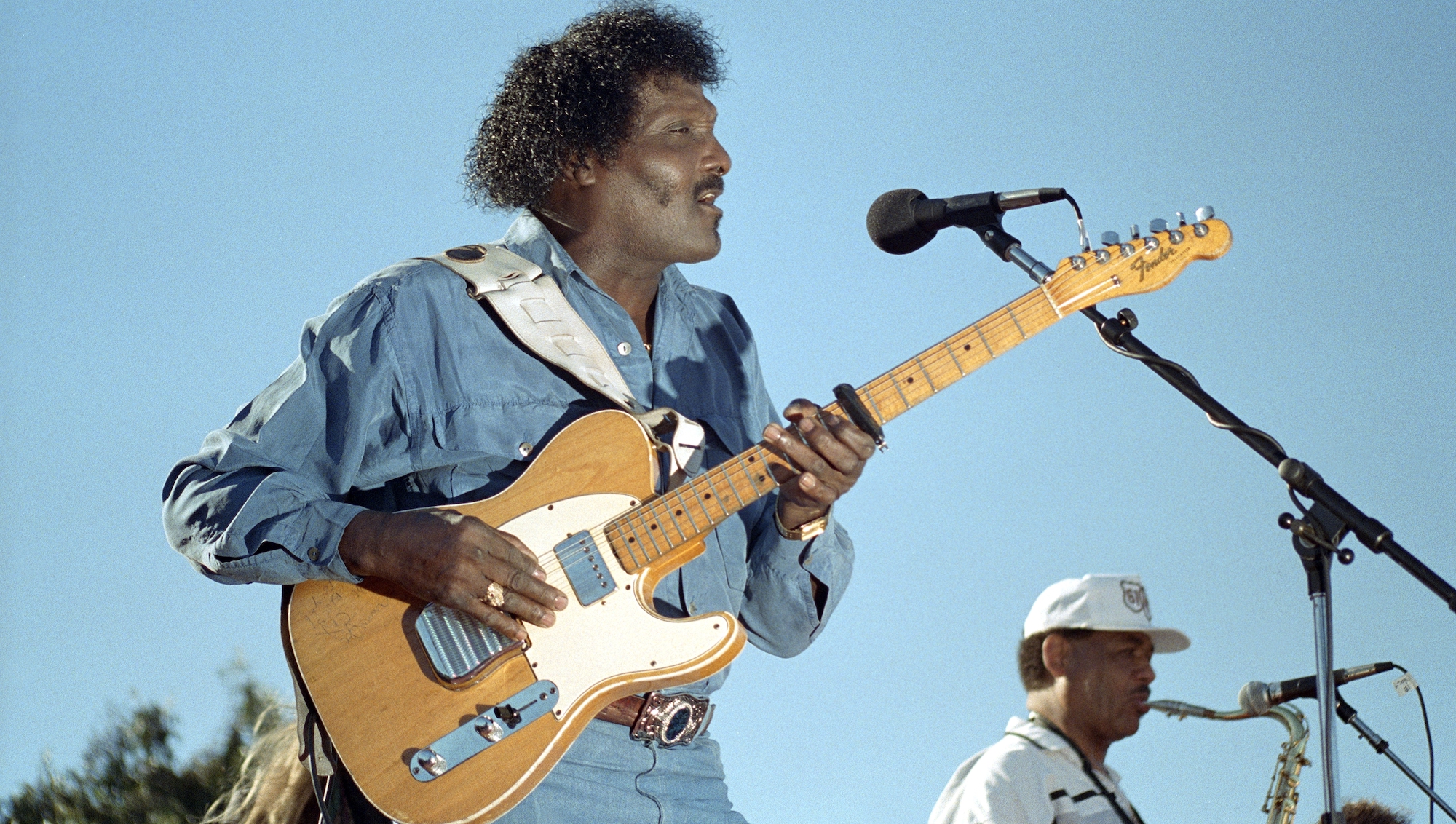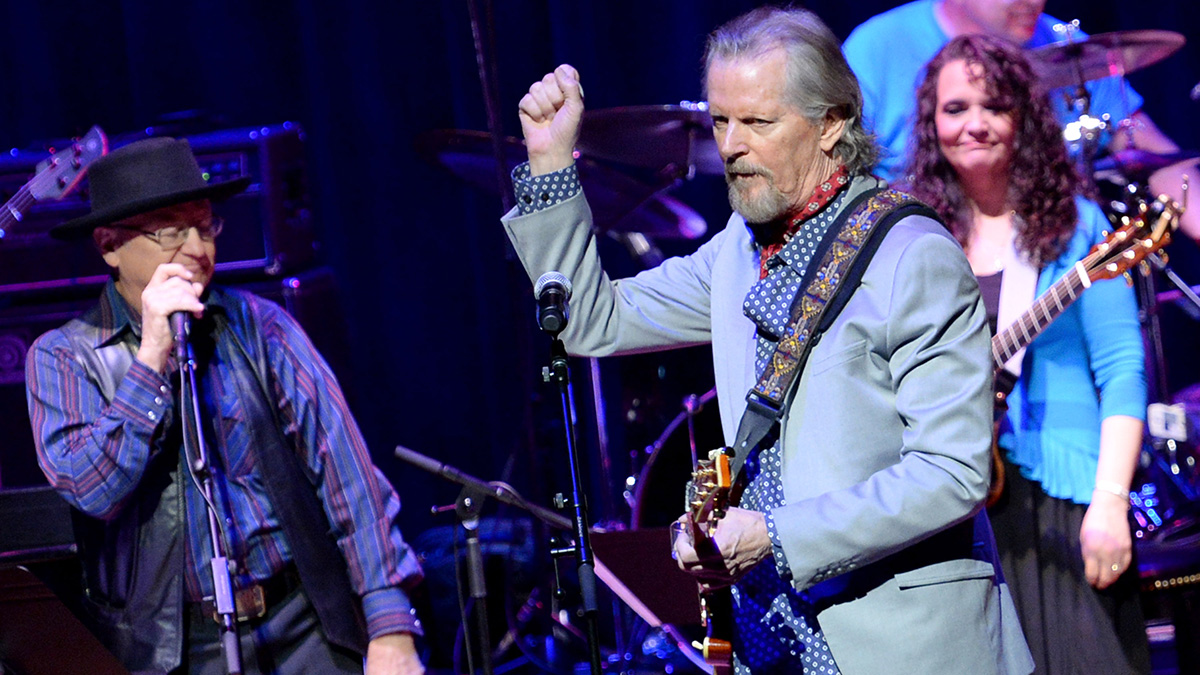“I wanted to capture that destruction and endurance”: A devastating tornado threatened to tear apart Gillian Welch and David Rawlings’ beloved studio. Now they’ve documented the natural disaster – and their Nashville rebirth – on a new album
The Americana duo tell the story of their return to a long-serving Nashville studio and a remarkable record that bears its name
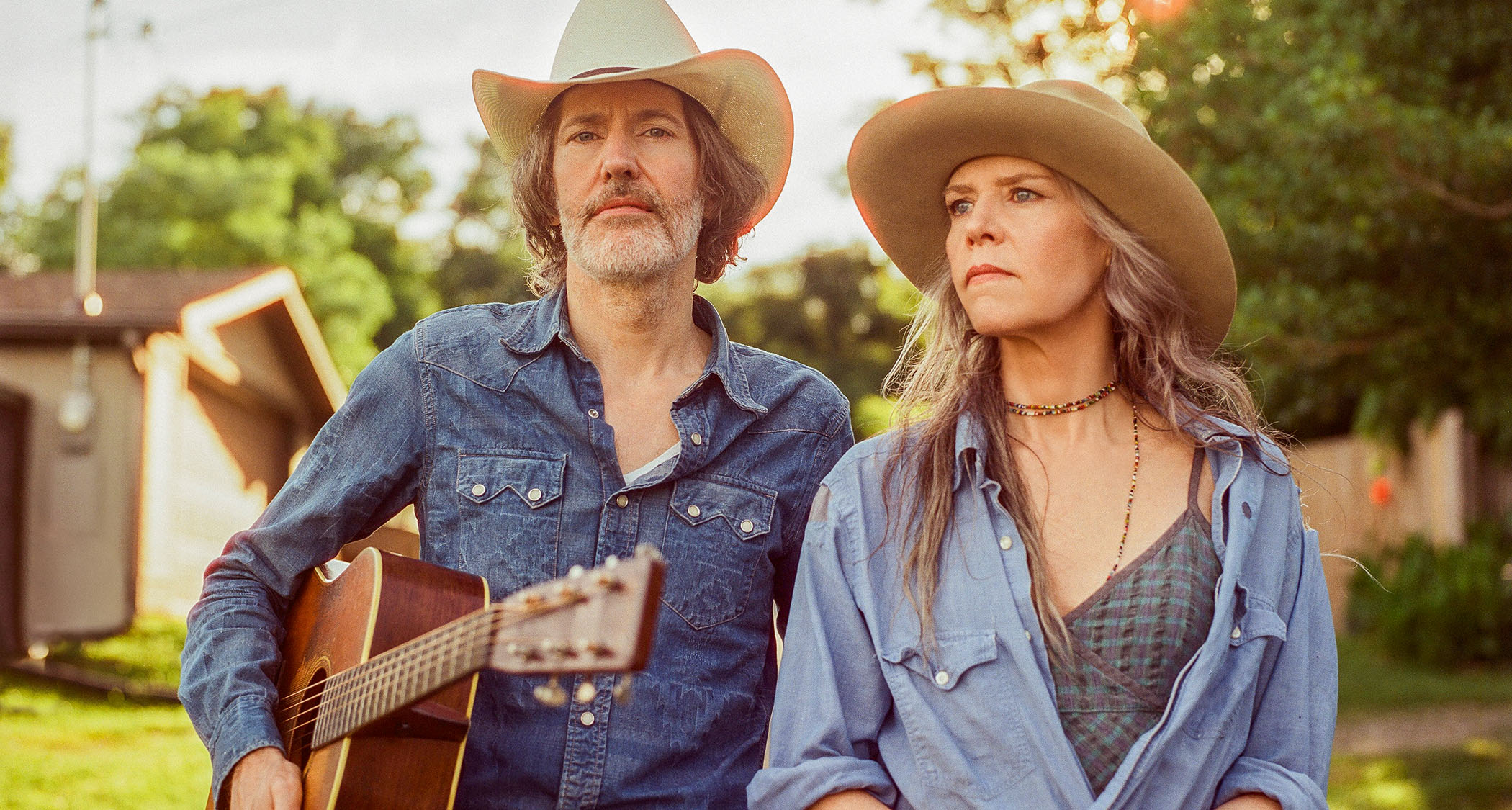
The long-awaited new album of original material from Gillian Welch and David Rawlings comes 13 years after they worked together in a co-writing capacity on The Harrow & the Harvest and four years since cover album All The Good Times (Are Past & Gone) was released in July 2020.
Just a few months before that, in March 2020, the pair’s historic Nashville studio was torn apart by the devastating tornado that hit the city – and now this 10-track album, produced by Rawlings, is something of a celebration of the return to their beloved space. “That whole experience and the aftermath definitely changed things,” begins David.
How does it feel to be back in the studio?
Gillian Welch: “I’m just so grateful to still have a studio, after the tornado. Everyone who worked on this record felt the same way. Between takes, I would see the other musicians just looking around the big A room smiling. Woodland Studios has been a Nashville fixture for 60 years. I can’t imagine the town without it.”
David Rawlings: “We were able to get back in there and work with a drummer and bass player. I was also able to arrange strings and horns for a few of the tracks. To be able to use Woodland for everything it’s good for and to use that building, with all of the work that had gone into it, to try to make it all bear fruit, was a very empowering feeling.”
What happened in the weeks and months after the devastation of the tornado?
David: “We stopped being on the road and we had a lot of reconstruction to do; I had to spend most of my waking hours in the studio, other than when Gillian and I would play and work on songs [at the couple’s house].
Get The Pick Newsletter
All the latest guitar news, interviews, lessons, reviews, deals and more, direct to your inbox!
“Something happened to our playing then because we had a routine and we had just a couple of instruments there. I ended up playing this old D-28 that I kept at the house and one of my old Epiphones that was there.
“Playing different instruments does change things. I use my main [1935 Epiphone] Olympic a lot for arranging, and we often use a lot of capos for varying the tonal palette of the guitar. When I was playing that D-28 I hardly used the capo at all. Even if I was in something like C#, I would play it naturally and I enjoyed what that did; it brought something different to the arrangements. I used that D-28 on the All The Good Times record.”
What did you want to achieve with this new album?
Gillian: “Pretty much what I’m always trying to do: not suck, continue on the artistic path that David and I started upon 30 years ago, and write songs that only we would write. I never ever could have foreseen the trials presented by the last few years, and yet here we all are. I wanted to capture some of that destruction and endurance on the album if we could.”
And how did you decide upon the sound of the record?
Gillian: “We knew it was not going to be minimalistic, at least by our standards! Even the duet tracks are more intricate than parsed. We wanted to play and fill the room with music, and expand the songs a bit, so we invited in other musicians on bass and drums and pedal steel and strings. But our two acoustic guitars are still at the core of all of it.”
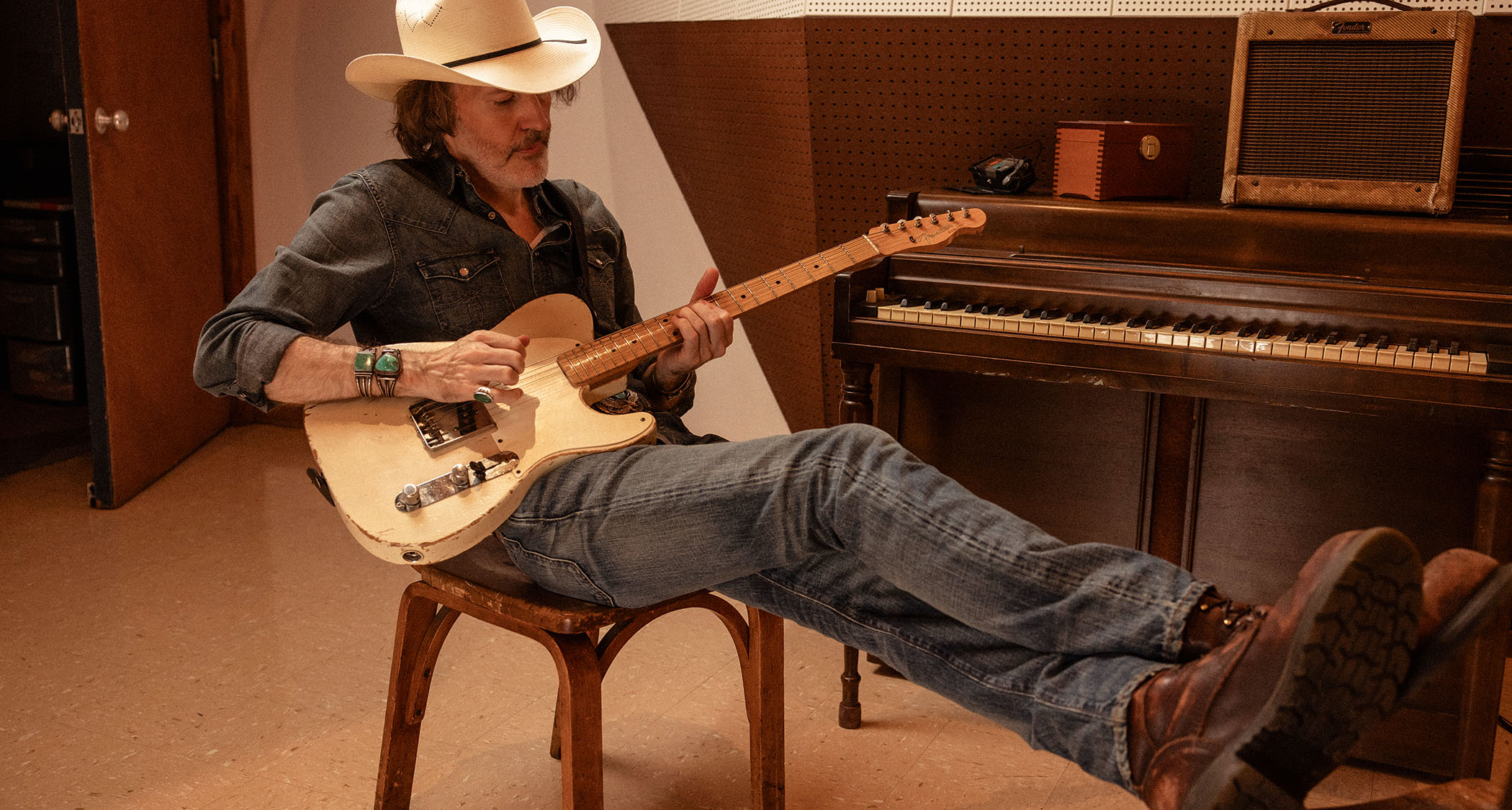
David: “When we went back to the studio, I returned to the Epiphone but with a bit of a different toolbag. I don’t think that would have happened without that prolonged period at home where I was doing some experimentation.
“If that disaster hadn’t happened, I might have spent more time with guitar books and playing around, and things might have developed in a different way. You can find bad in everything that happens, but you can find good in it, too.
“Some of the tracks we recorded in Studio B, capturing things similarly to on The Harrow & The Harvest. Here Stands A Woman is closest to that, but something like The Bells And The Birds was recorded in the B room but with more of a stereo mic’d sound to capture the instruments in the air – a bit like All The Good Times.
“Howdy Howdy was done on the banjo in a way similar to something like Hard Times. And some of the band stuff is reminiscent of [Gillian’s 2003 album] Soul Journey. It was a case of throwing the kitchen sink at it!”

All The Good Times was recorded at home whereas Woodland was back in the studio. How did that affect your approach to recording this time around?
David: “The studio’s just a bigger space. But the living room isn’t a very neutral acoustic environment; you hear the reverb in the room and down the hall. The space is more present on that [previous] record and there’s nothing you can do about it. In the studio you can tailor it a little bit.
“The microphone on All The Good Times was a single [Neumann] SM 2 that was capturing both of us at the same time. But when we got into Woodland, we used a lot of the techniques I’ve worked on over the years.
“We were able to do things that were very intimate. I set it up so I ran the tape machine from the live room, so Gillian and I were able to record certain tracks like Hashtag or Lawman just by ourselves, with no engineer. And that was inspired partly by the stuff we did by ourselves with All The Good Times.”
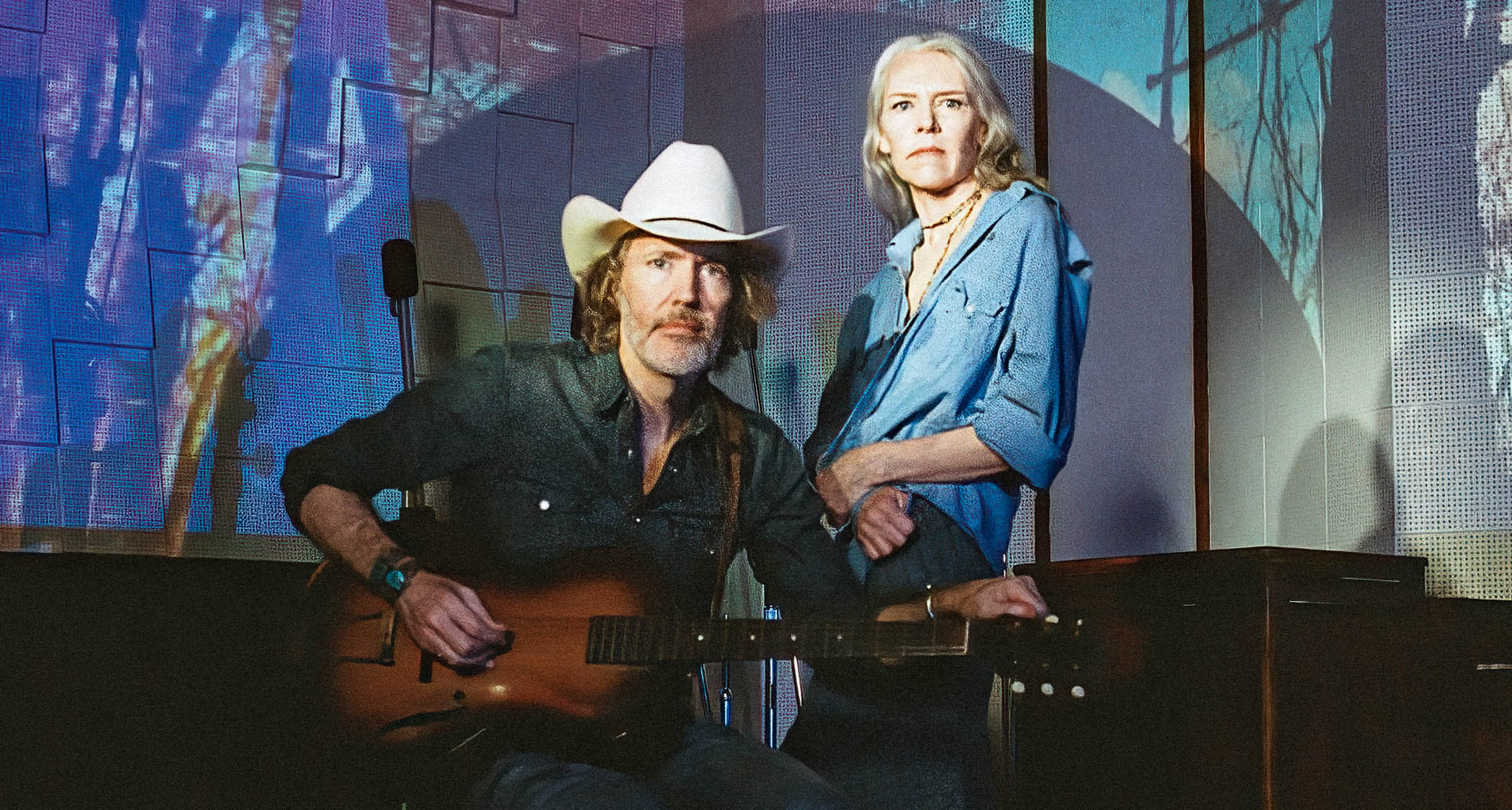
Tell us about the acoustic feel you’ve created on the record.
David: “It was interesting to me that I think the track Lawman captures our acoustic guitars in a different way than before; it has a different side to it. I was playing a different guitar, an old Epiphone Emperor Concert, which they only made three of.
“They did one for Johnny Smith, who helped with the design, and two others that they took to a trade show in 1949, but nobody ordered any so they didn’t go into production.
“It’s a very innovative design: Johnny Smith wanted this kind of chamber jazz instrument with a very smooth, even sound. I play that on What We Had and Lawman, and it has a very different tonal palette.”
Was there a particularly special instrument that you were drawn to on the album?
Gillian: “While we were finishing writing the record, David found me an extraordinary Gibson J-35 with a white pickguard that was Ed Bruce’s, the cowboy singer-songwriter who wrote Mammas Don’t Let Your Babies Grow Up to Be Cowboys. It is beautiful and lonesome sounding, especially the low string, which is like a church bell. I wrote some of the record on it, and I’m playing it on What We Had, Empty Trainload Of Sky and Lawman.”
David: “I played my main [1935 Epiphone Olympic] on quite a number of the tracks. I played that Emperor on two songs, and I played a different Epiphone for Bells And The Birds because it’s a little livelier and the harmonics sounded a bit better, which was good for that track.
“Gill played her [Gibson] J-50 quite a bit, but she also played that J-35, a slightly earlier version of that guitar. It’s a very rare and interesting version because it has that custom pickguard that Gibson put on in around 1940 and it’s unlike any other pickguard that was on these things. I think she used her Martin 2-17 on Here Stands A Woman and her rosewood [Gibson] Nick Lucas on the Turf [The Gambler] track.”
- Woodland is out now via Acony Records.
Glenn Kimpton is a freelance writer based in the west of England. His interest in English folk music came through players like Chris Wood and Martin Carthy, who also steered him towards alternate guitar tunings. From there, the solo acoustic instrumental genre, sometimes called American Primitive, became more important, with guitarists like Jack Rose, Glenn Jones and Robbie Basho eventually giving way to more contemporary players like William Tyler and Nick Jonah Davis. Most recently, Glenn has focused on a more improvised and experimental side to solo acoustic playing, both through his writing and his own music, with players like Bill Orcutt and Tashi Dorji being particularly significant.
You must confirm your public display name before commenting
Please logout and then login again, you will then be prompted to enter your display name.
“I’ve never bought a guitar and I’m quite proud of that! I always tell people when they’re learning: there’s a guitar not being played”: Meet Sacred Paws’ Ray Aggs, the dextrous Tele-wrangler inventing new chords and capturing Thurston Moore’s imagination
“Even standing with the guitars is tricky”: Ritchie Blackmore's health sparks concern after update from wife and musical partner Candice Night



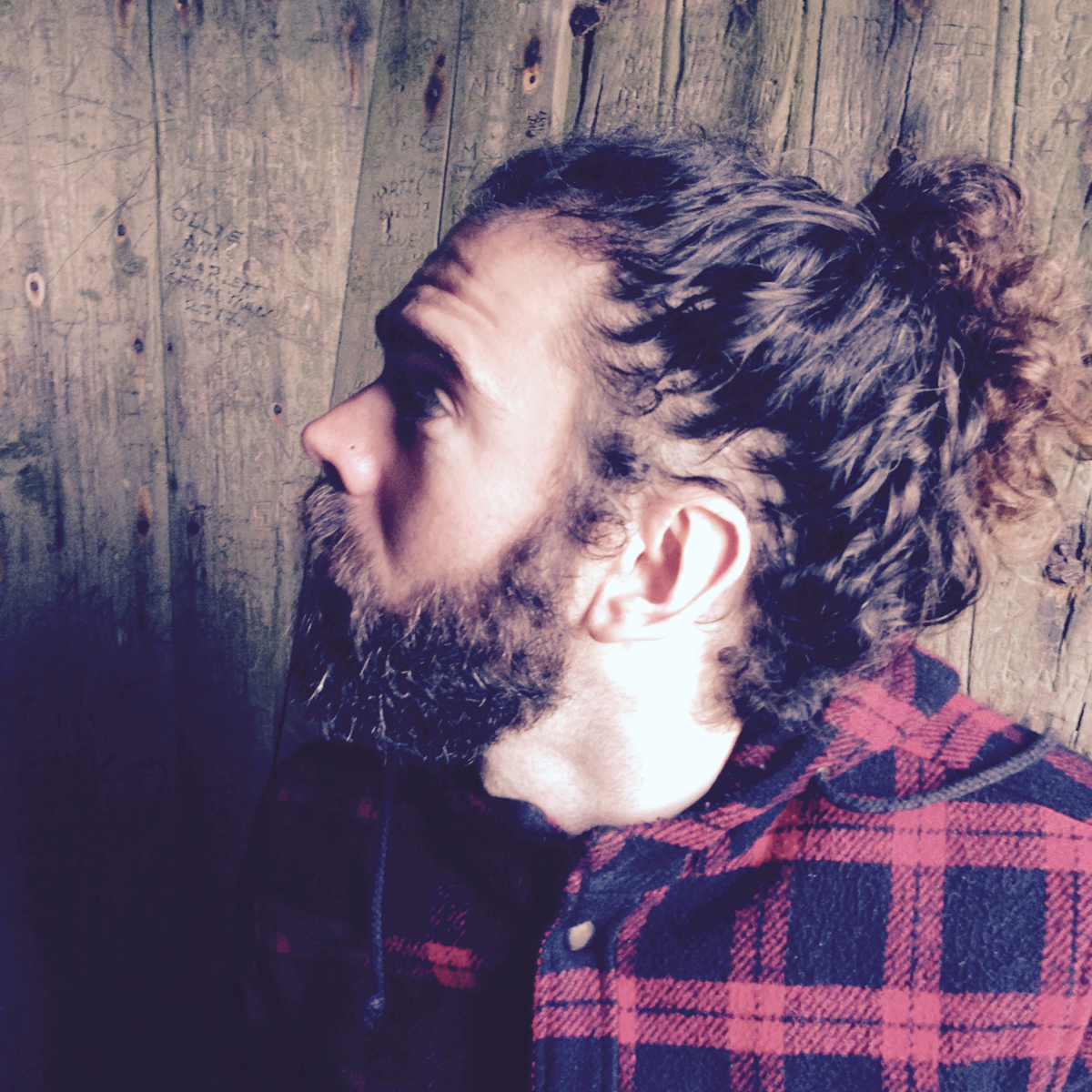
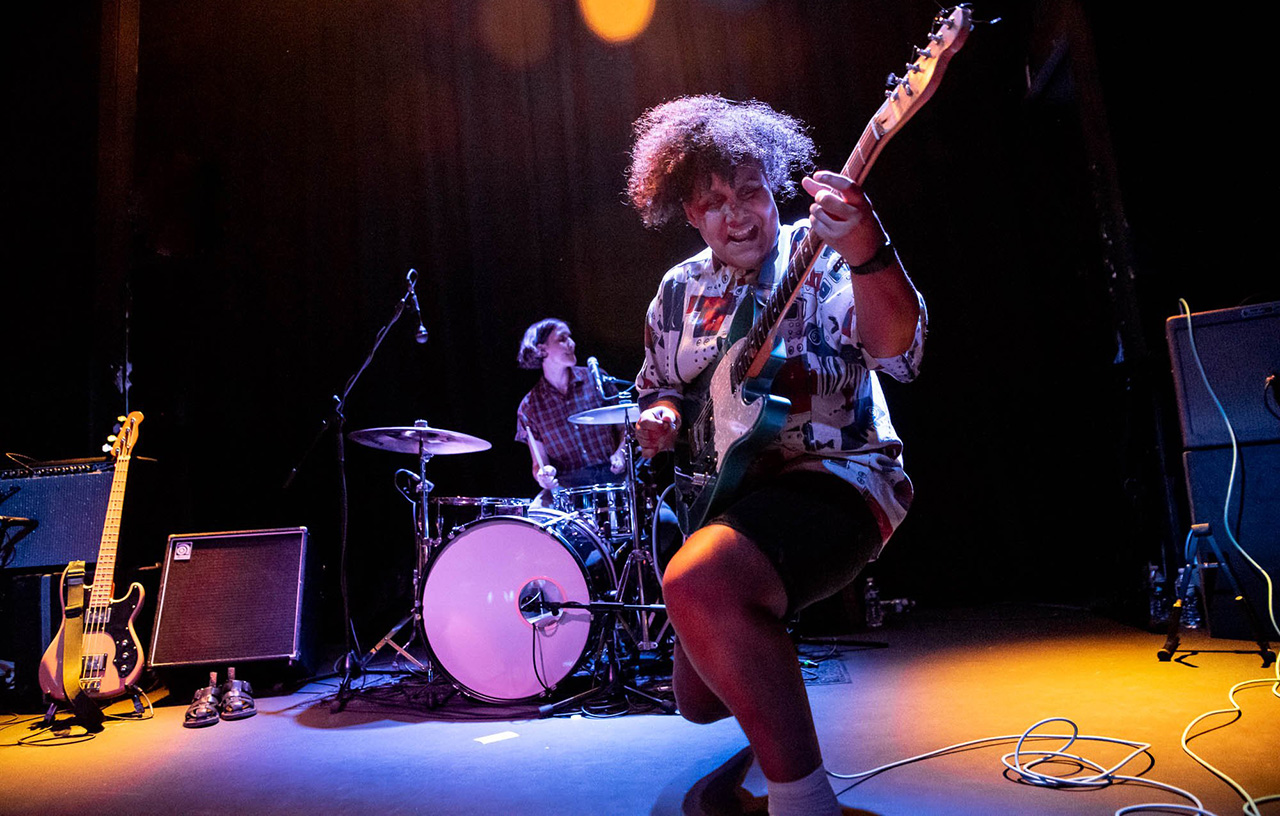
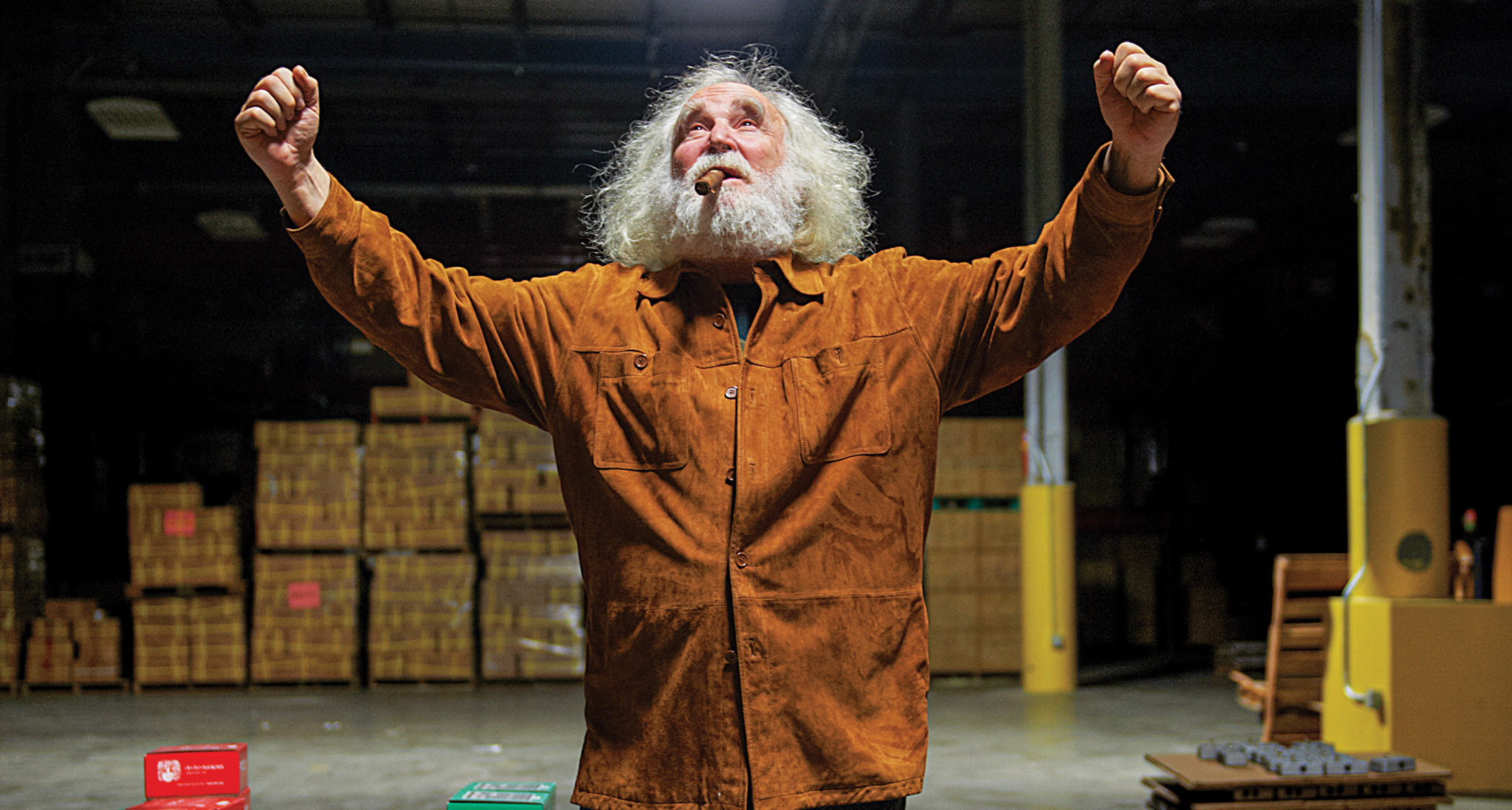
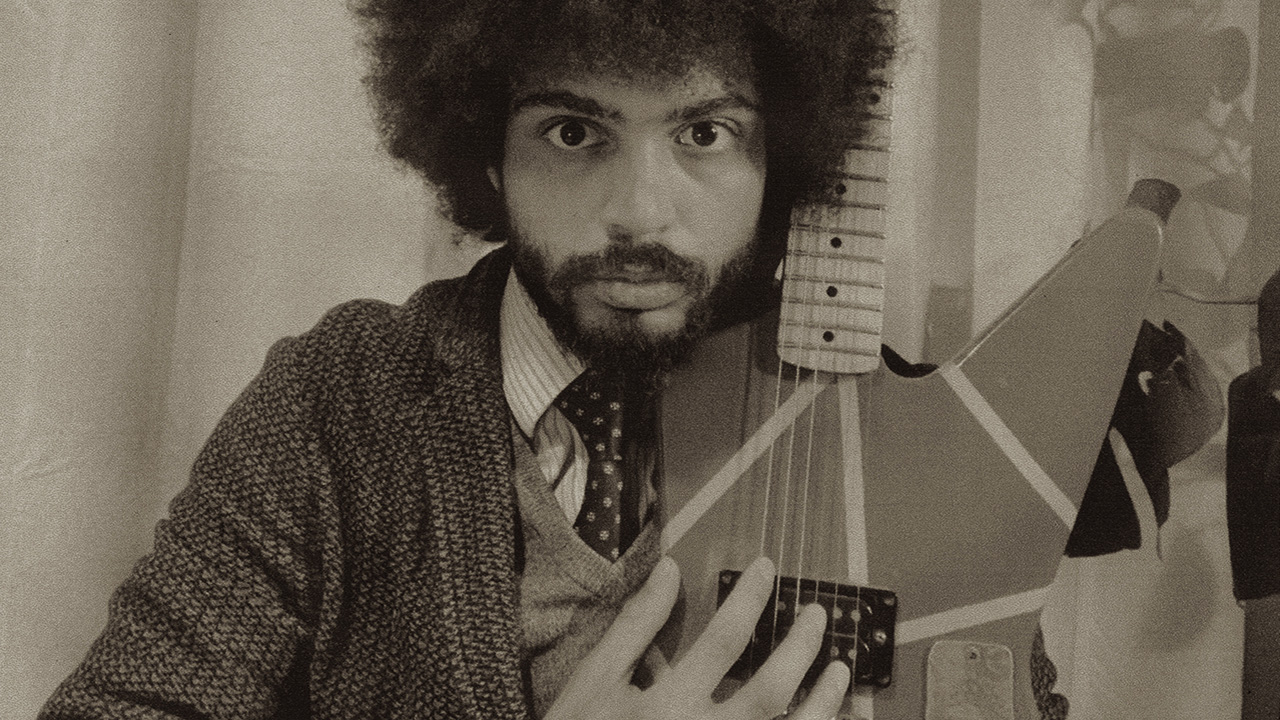
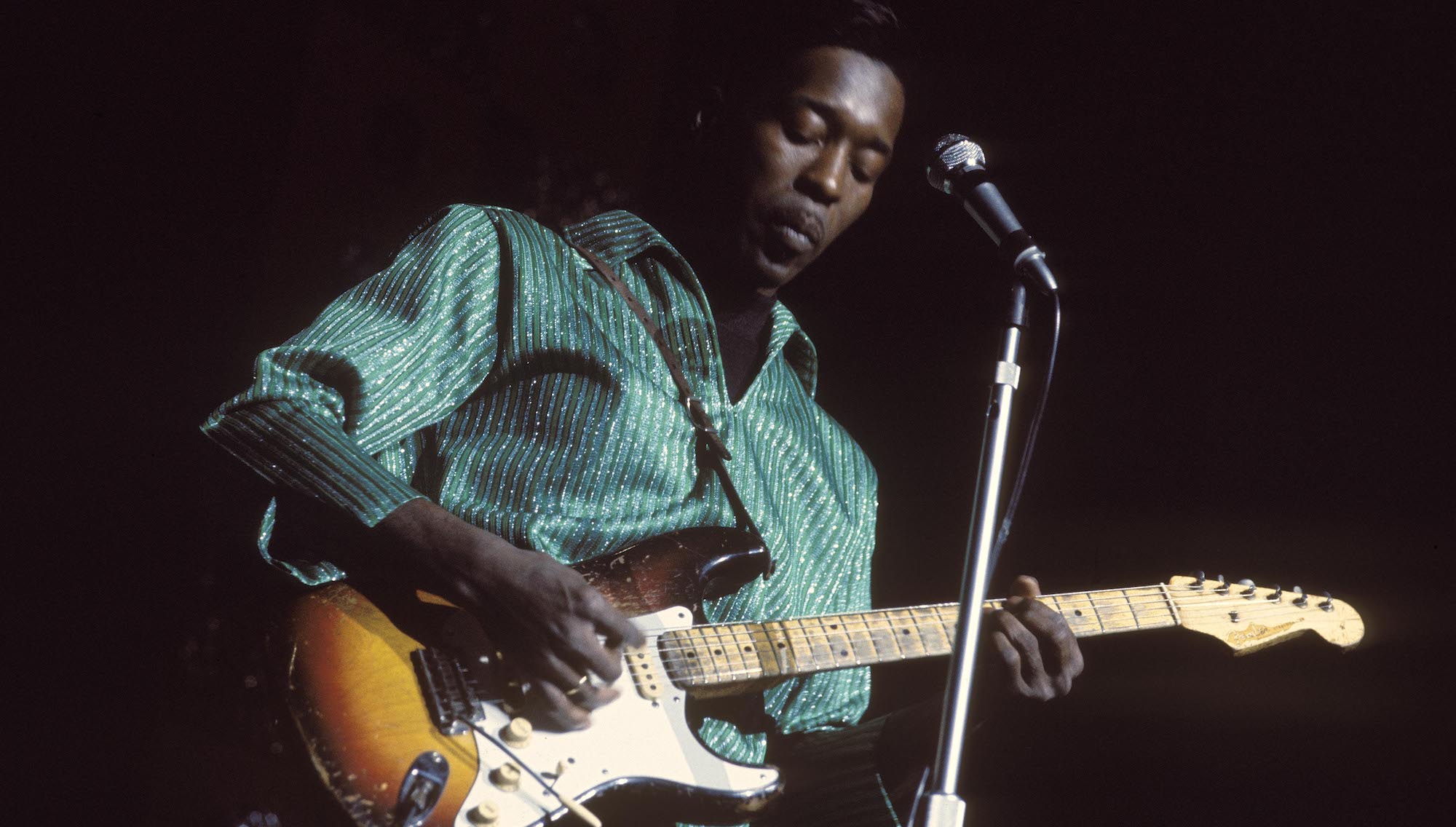
![[from left] George Harrison with his Gretsch Country Gentleman, Norman Harris of Norman's Rare Guitars holds a gold-top Les Paul, John Fogerty with his legendary 1969 Rickenbacker](https://cdn.mos.cms.futurecdn.net/TuH3nuhn9etqjdn5sy4ntW.jpg)
